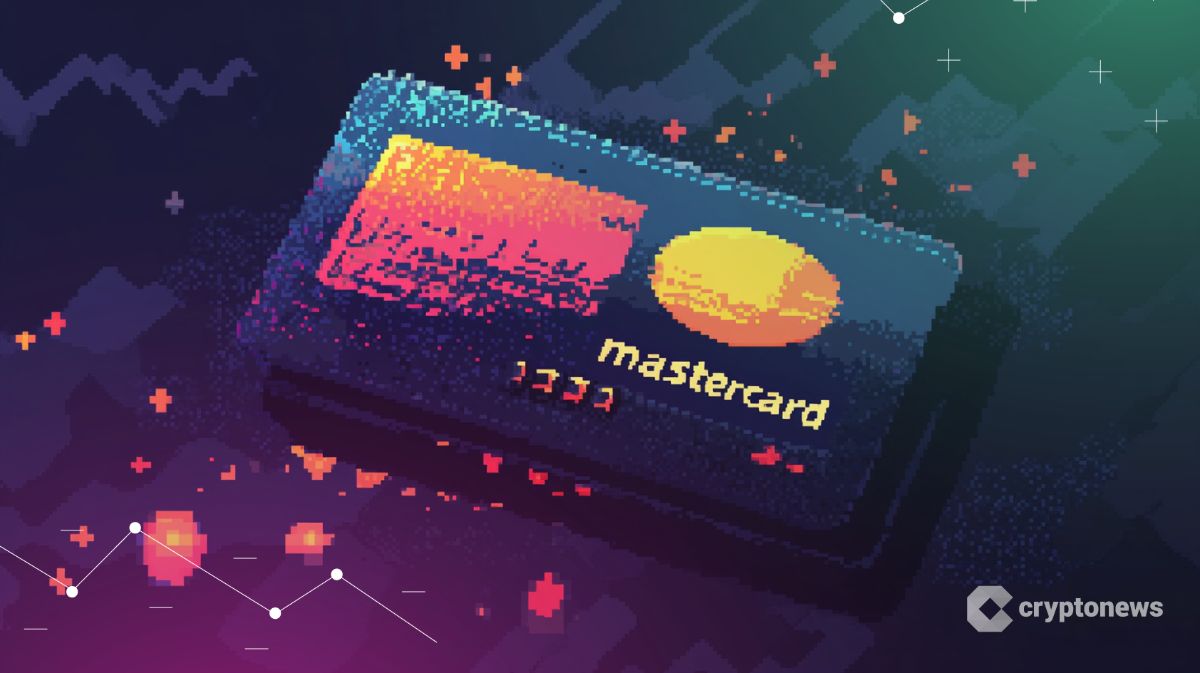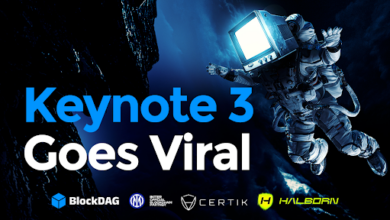Mastercard Targets Venmo-Style Network for Blockchain Transactions
Established financial institutions are beginning to test blockchain technology in controlled environments, integrating digital infrastructure without overhauling existing systems.

Key Takeaways:
- Major financial institutions like Mastercard are participating in early-stage pilots to test how blockchain could support functions like cross-border settlements and tokenized assets.
- Consumer-facing crypto card programs are a key part of Mastercard’s strategy to link traditional finance with blockchain applications.
- Blockchain is being used not as a replacement, but as an extension of existing systems.
Mastercard is expanding its blockchain infrastructure to support a digital asset payment network that mirrors the convenience of Venmo and Zelle, according to a report published by Business Insider on April 1, 2025.
The company’s Multi-Token Network, launched in 2023, is designed to process transactions across digital assets while meeting regulatory requirements.
Mastercard Expands Crypto Card Programs
Raj Dhamodharan, Mastercard’s executive vice president of blockchain and digital assets, described the goal as connecting traditional and decentralized finance under a shared infrastructure.
“What is missing in this is a fully compliant framework and consumer experience offered on chain, like how you do Venmo and Zelle today in the US domestically,” he said.
Mastercard is focusing on partnerships with major financial institutions to pilot use cases.
Collaborations with JPMorgan and Standard Chartered include testing tokenized deposits, carbon credits, and cross-border payments.
A February 2025 partnership with Ondo Finance also introduced support for on-chain versions of money market funds and Treasuries.
To reach consumers, Mastercard has rolled out more than 100 crypto card programs globally, ranging from prepaid and credit cards to products that convert rewards into crypto.
Dhamodharan emphasized the importance of this channel, saying, “This flow of capital and spending power from the consumer side is essential to the success of this entire sector.”
Traditional Finance Embraces Digital Rails
Internally, Mastercard’s investment spans legal, product, and engineering teams.
According to the report, since 2015, the company has filed more than 250 blockchain-related patents and backed over 40 blockchain startups through its accelerator program.
After years of infrastructure disconnect and unclear regulations, Dhamodharan said the environment is finally shifting.
“Some of the players in the traditional financial world are interested in moving into this base because of the benefits the technology offers and the new business models it can create,” he said.
Traditional institutions are no longer sitting on the sidelines when it comes to blockchain adoption.
Mastercard’s strategy reflects a broader shift in how incumbents are co-opting once-disruptive technologies to reinforce their position, not dismantle it.
What’s unfolding is not a replacement of the financial system but a rewiring of its plumbing.
If Mastercard succeeds, the future of digital assets may be less about decentralization and more about who controls the rails between new protocols and old power structures.
Though consumers may not immediately notice Mastercard’s shift toward blockchain, this quiet evolution in financial infrastructure raises questions about the future of digital finance.
As major institutions integrate decentralized technologies into traditional frameworks, the boundaries between innovation and established power structures blur.
Ultimately, it may not be decentralization itself but the control of digital pathways—once considered disruptive—that reshapes how value moves around the globe.
This shift compels reflection: As blockchain merges with mainstream finance , will it fulfill its original promise of democratized access, or reinforce existing hierarchies under a new technological guise?
Disclaimer: The content of this article solely reflects the author's opinion and does not represent the platform in any capacity. This article is not intended to serve as a reference for making investment decisions.
You may also like
PayPal Adds SOL and LINK for U.S. Customers
PayPal now supports Solana (SOL) and Chainlink (LINK) for U.S. users, marking a big step forward for crypto adoption.More Crypto Choices on PayPalWhy This Matters for the MarketA Bullish Signal for Crypto

Fidelity Unveils No-Fee Crypto IRA for U.S. Investors
Fidelity introduces a no-fee crypto IRA, enabling U.S. adults to invest in BTC, ETH, and LTC with secure cold storage custody.Secure Storage and Trusted CustodyEasy Access and Tax Benefits

Can BlockDAG Hit $1? Viral Keynote 3 & 10 CEX Listings Make a Strong Case
BlockDAG’s hybrid DAG + PoW model, 800K+ mobile miners, & $5M raised in 48 hours put it on track for $1. With DeFi features ready & 10 CEXs lined up, BDAG is the Layer 1 to keep an eye on.Hybrid DAG + PoW Architecture Offers Performance With SecurityWith $0.0248 Entry Point, a $1 Target Is Within RangeMaking Mining Accessible to EveryoneThis is a Key Accumulation Phase

S&P 500 Falls Today While Bitcoin Holds Steady With Trump’s Tariff Announcement
